Speaking at the opening ceremony of the 17th IranPlast International Exhibition at the Tehran International Permanent Fairground, the minister added that 3.3 million barrels of oil and gas condensates currently produced in Iran per day are consumed inside the country or shipped abroad.
He said IranPlast International Exhibition is one of the top exhibitions in the region, adding the Oil Ministry’s umbrella is open to protect petrochemical companies and industrialists, the oil ministry's news service SHANA reported.
Shifting to the 13th (incumbent) administration’s determination to collect associated petroleum gas and use APG as petrochemical complexes’ feedstock, Owji vowed that his ministry would prevent the burning of Iran’s national wealth at gas flares.
Despite severe sanctions, this year’s exhibition has received great welcome, said the minister, adding more than 210 foreign and 640 Iranian companies have taken part in the expo, showing sanctions have been neutralized.
He said the key petrochemical industry boosts foreign currency inflow, fetching Iran nearly $16 billion in 2022.
Given the world’s growing demand for its upstream and downstream products, the petrochemical industry is “unsanctionable”, noted Owji.
He said petrochemicals constitute nearly 50 percent of non-oil exports and are produced in 70 complexes in Iran.
“The 13th administration and the Oil Ministry have outlined plans for boosting production in the upstream sector and complete value chain,” continued the minister.
The Iranian complexes are producing a wide range of petrochemicals, including polymers, chemicals, fertilizers, aromatics, and hydrocarbons, stated the top official, adding, “The permit for producing 20 million tons of polymers in the country has been issued while the sector’s installed capacity is around 12 million tons per year and the real production is some 7 million tons.”
Exporting one ton of unprocessed polymer generates a $900-$1,000 income while revenue from the sale of the same amount of finished product rises to $5,000-$6,000, said Owji.
The country has made considerable investments in the polymer sector, mentioned the minister, continuing that gas refineries produce propane and ethane, which are turned into propylene and ethylene and then into polypropylene and polyethylene.
He said IranPlast International Exhibition provides a good opportunity for exchanging views and experiences, generating synergy, and introducing petrochemical production capacities, which will pave the way for exporting technical and engineering services.
Pointing to the recent inauguration of Gachsaran petrochemical project, Owji said five petrochemical complexes will become operational by the end of the current Iranian calendar year (March 19, 2024), which will increase domestic capacity by five to six million tons.
According to him, unfinished projects worth $15 billion came on stream last year, and other oil projects having the same value will be launched this year and the executive operations of 14 projects worth $14 billion will begin.
Shifting to Iran’s growing oil output and exports, Owji said “some say Americans have shown green light to Iran”, raising the question, “If it is true, why have they seized Iranian ships and imposed sanctions on companies frequently?”
The reality is that they failed to confront Iran’s oil and gas industry, said the minister, adding, “They did whatever they could to stop Iran’s oil production and exports, but the country’s crude output and exports have now hit the all-time high.”
He also pointed to the inauguration of Phase 11 of the South Pars (SP) gas field, the refinery of SP Phase 14, the second phase of Abadan Refinery, and collection of associated petroleum gas (APG), which not only helps protect the environment, but also supplies feedstock to petrochemical plants.
According to Owji, APG of 21 flares of East Karoun fields in southwestern province of Khuzestan will be collected by the end of current Iranian calendar year (March 19, 2024).
The gathered APG will be processed at the Persian Gulf Bidboland Gas Refinery, he explained and estimated that the volume of this region’s APG will be almost equal to that of one phase of the South Pars gas field.
MNA/PR

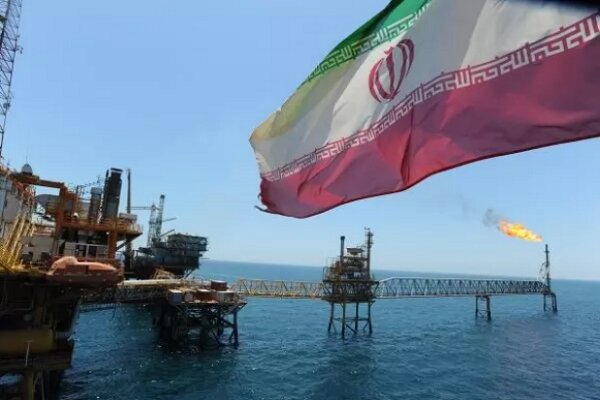
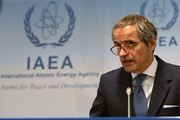



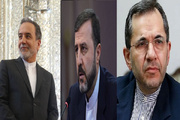

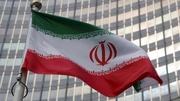


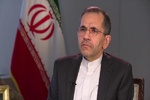

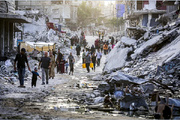








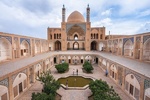
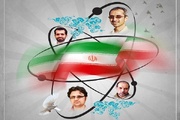
Your Comment